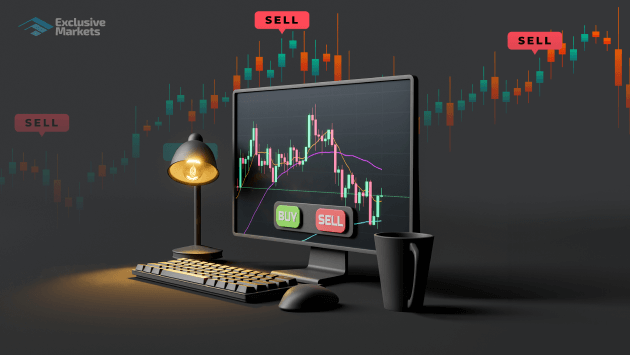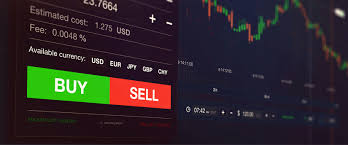
Ultimate Guide to Forex Trading: Strategies, Risks, and Opportunities
Forex trading, short for foreign exchange trading, is a dynamic and exciting marketplace where currencies are exchanged. The Forex market is the largest and most liquid financial market in the world, with a daily trading volume exceeding $6 trillion. As such, it draws millions of retail and institutional traders looking for profitable opportunities. If you are eager to delve into this thrilling world of trading, forex trading acev.io is a great resource to start your journey.
Understanding Forex Trading
Forex trading involves buying one currency while simultaneously selling another. This trading typically occurs in currency pairs, where the value of one currency is quoted in relation to another. For example, in the EUR/USD pair, the Euro is the base currency, and the US Dollar is the quote currency. If the pair is quoted at 1.20, it indicates that 1 Euro is equal to 1.20 US Dollars.
The Players in the Forex Market
The Forex market consists of various participants, each with different motivations. The key players include:
- Central Banks: They manage the currency and monetary policy, influencing exchange rates significantly.
- Commercial Banks: They transact on behalf of clients and for their own profit.
- Institutional Investors: Fund managers and hedge funds that trade large volumes.
- Retail Traders: Individual traders who participate in the market seeking profit.
How to Start Forex Trading
Getting started with Forex trading requires a systematic approach, which comprises several key steps:
- Educate Yourself: Understanding the fundamental concepts, terminology, and mechanics of trading is crucial. There are numerous online courses, webinars, and resources.
- Choose a Reliable Broker: Selecting a reputable Forex broker is essential. Look for brokers that are regulated, have a solid trading platform, and offer favorable trading conditions.
- Open a Trading Account: After selecting a broker, you’ll need to open a trading account. Most brokers offer demo accounts to practice your skills without risking real money.
- Create a Trading Plan: A well-defined trading plan should include your goals, risk tolerance, and trading strategy.
- Start Trading: After practicing, you can start trading with real money. It’s advisable to start small to gain confidence.
Analyzing the Forex Market
Successful Forex trading is often founded on solid analysis. There are two primary types of analysis utilized in forex trading:

- Fundamental Analysis: This approach focuses on economic indicators, news, and events that affect currency valuations, such as interest rates, inflation rates, and geopolitical stability.
- Technical Analysis: This method relies on historical price movements and uses charts and various technical indicators to forecast future price movements.
Developing Forex Trading Strategies
Strategies are essential for providing a structured approach to trading and managing risk. Here are some common Forex trading strategies:
- Day Trading: Involves buying and selling currency pairs within the same day to capitalize on intraday price movements.
- Swing Trading: This strategy focuses on holding positions for several days or weeks to benefit from price swings.
- Scalping: A quick trading strategy that seeks to exploit small price movements throughout the day.
- Position Trading: Involves holding trades long-term based on fundamental analysis.
The Risks of Forex Trading
While Forex trading holds the potential for significant profits, it is not without risk. Understanding the inherent risks can help manage them effectively:
- Leverage Risk: Forex allows traders to use leverage, which can amplify both profits and losses. Understanding how to manage leveraged positions is crucial.
- Market Risk: Currency prices can fluctuate widely due to economic news, speculation, and geopolitical events.
- Psychological Risk: Emotional decisions can lead to poor trading choices. It’s vital to stick to a trading plan and remain disciplined.
Best Practices for Successful Forex Trading
To enhance your chances of success in Forex trading, consider these best practices:
- Maintain a Trading Journal: Recording your trades and reflecting on your decisions can provide invaluable insights.
- Use Stop-Loss Orders: Placing stop-loss orders can help limit potential losses.
- Diversify Your Trades: Avoid putting all your capital into one trade or currency pair to reduce risk.
- Continuous Learning: The Forex market is constantly evolving, so it’s important to keep learning and adapting your strategies.
Conclusion
Forex trading presents a world of opportunities for those willing to invest the time to learn and practice. By understanding the market mechanics, analyzing currencies effectively, and implementing sound trading strategies, traders can navigate this rapidly changing environment. Remember that success in Forex trading doesn’t come overnight; it requires patience, discipline, and a commitment to continuous improvement. With the right mindset and tools, you can unleash your potential in this exciting financial market.

